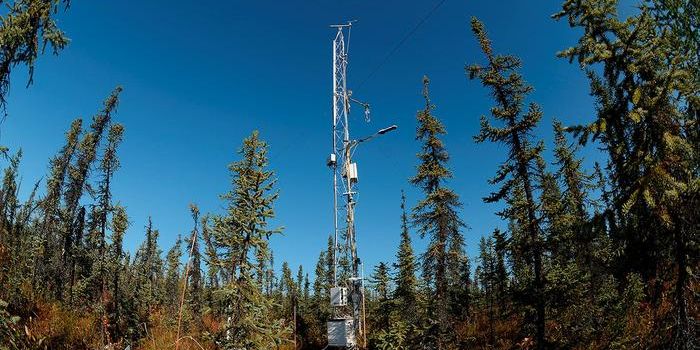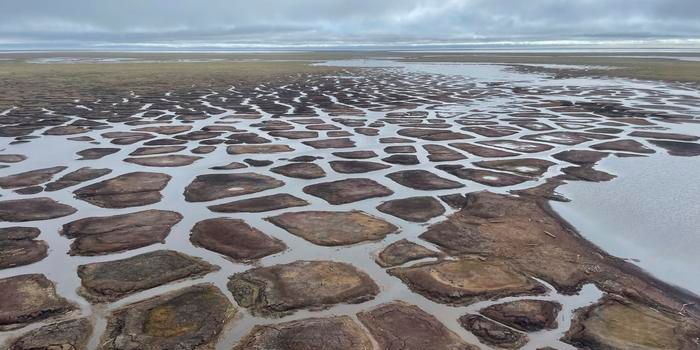Glomalin, The Protein that Can Heal the Earth
Soil quality is growing ever more important as we attempt to feed the growing world population. Our soils are being degraded by monoculture farming, erosion, pollution, and the ever-present threat of climate change. Many different factors go into determining soil quality. One of the many things that can help with improving soil quality is terrestrial symbiotic fungi, like mycorrhizal fungi that have symbiotic relationships with plant roots.
These fungi create many interesting molecules and cause many chemical reactions in the soil that are not yet fully understood. One of these molecules is called glomalin. While glomalin was discovered in 1996, it has still not been totally isolated and described, and neither have some of the proteins that associate with it. We know it is made of protein and iron, but are not sure of its shape. It has been depicted as a soil “super glue”, sticking to other minerals, binding molecules together, and forming aggregate clumps of soil. It also consists of around 30% carbon and holds more carbon in the soil in the clumps that it forms. Glomalin acts as a flocculant, pulling soluble minerals and molecules out of suspension and binding them together in a stable form. Glomalin and these proteins also give soil structure and improve soil quality.
Glomalin, and “glomalin-related soil proteins” (GRSPs) are the subject of many scientific studies. These GRSPs are created in fungal cell walls and accumulate in soils as the fungi cells die. These proteins can grab metals like iron, copper, zinc, lead, and cadmium. This means that these GRSPs play a key role in the uptake and turnover of sediments, nutrients, and pollutants in the environment. While we have man-made chemicals that can do similar things, the understanding of and possibility to produce bioflocculants could significantly improve the nourishing of our soils. GRSPs could also be incredibly useful for researchers studying how to combat climate change, as it holds a great deal of carbon. Finding ways to encourage the production of these proteins could improve our earth dramatically.
Sources: USDA, Soil Biology and Biochemistry, Ecotoxicology and Environmental Safety








